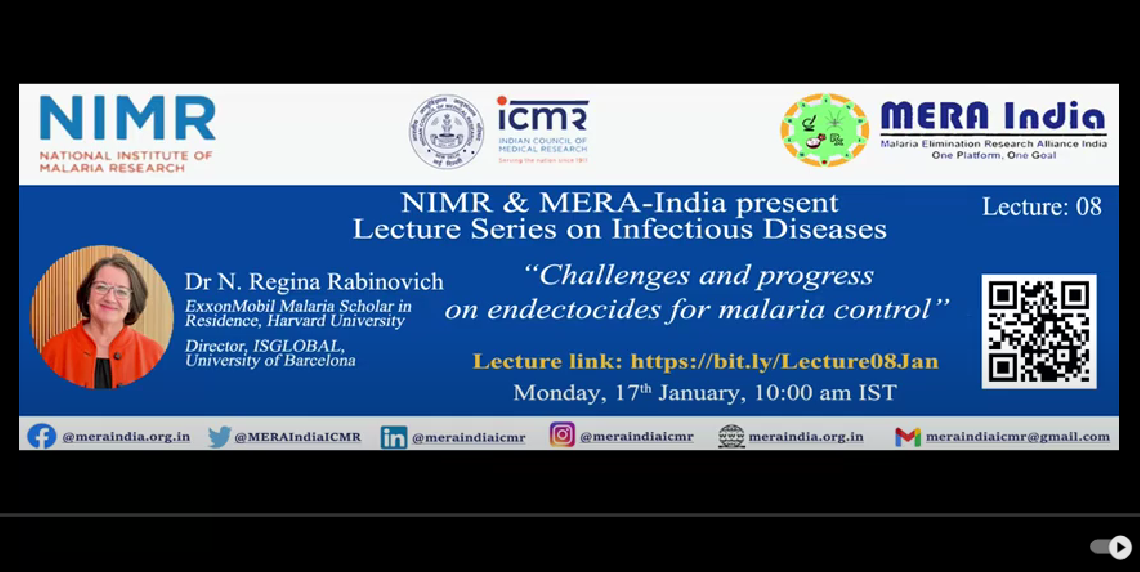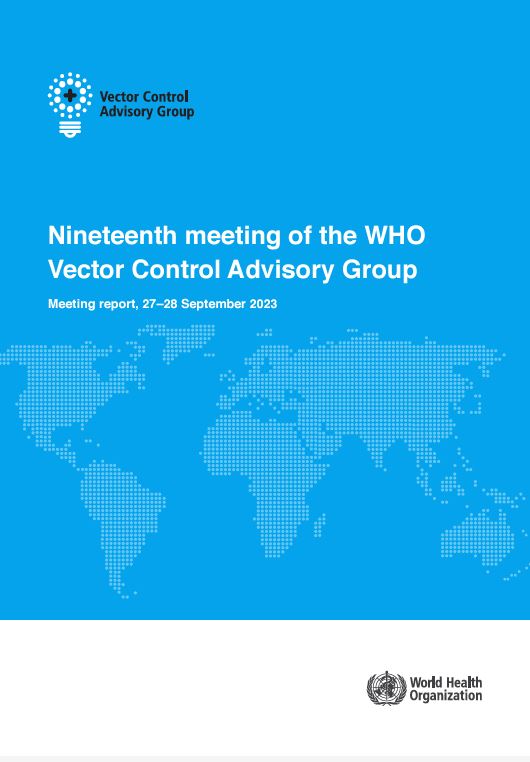Last Updated: 27/03/2024
A community-based trial to reduce malaria by improving homes and treating cattle in southwest Ethiopia
Objectives
This project aims to determine whether house screening and ivermectin administration to households with cattle reduce malaria incidence among all age groups compared to the groups using conventional malaria control tools.
Malaria and other vector-borne diseases most affect low-income people who live in poorly constructed houses and unsatisfactorily managed environments. A recent review on housing and vector-borne diseases indicates that housing improvement protects people against malaria and dengue infection. Interestingly, improved housing protects everybody inside the house, can easily be integrated with existing interventions, reduces exposure to pollutants, and can improve indoor ventilation. Previous studies on housing intervention reduced the indoor density of vectors and malaria incidence. Today, it is encouraged to integrate multiple interventions to maximise the benefit. To this end, the housing intervention is considered the pushing factor (diverting mosquitoes away from where people live) is supplemented by interventions that attract mosquitoes (pulling factors). Ivermectin is widely used to control endo- and ectoparasites of animals and treatment of filarial nematode parasites of humans. Several studies have also shown the efficacy of ivermectin against malaria vectors. As of yet, no community trials have been conducted to prevent malaria using a combination of these two interventions. Although there is some evidence of the cost-effectiveness of house screening intervention against malaria, combining house screening with Ivermectin cattle care still needs to be determined. Therefore, it is important to estimate the incremental cost and cost-effectiveness of house screening and Ivermectin cattle treatment individually and in combination. Such cost-effectiveness pieces of evidence are important for policy and enhancing resource utilisation in countries with limited access. The hypothesis is that these novel push-pull malaria control interventions can make a measurable change in malaria incidence, the indoor and outdoor density of malaria vectors, and human exposure, reducing household poverty due to less sickness. The primary outcome variable of the study will be the incidence of malaria among all age groups in intervention groups compared with the control arm. The interventions’ durability, community acceptance, and cost-effectiveness will be assessed. Multidimensional household poverty reduction due to malaria intervention will be assessed.
Clinical Trial Number: PACTR202306667462566
Epidemiologic and serologic endpoints will be measured by screening study participants every four months for two consecutive years. Furthermore, a bimonthly entomological assessment will be done in each arm for two years. Human exposure to mosquito bites and malaria parasites will also be measured by assessing serological markers and the entomological indices of malaria.
Allocation: Randomized (Permuted block randomization)
Interventional Model: Parallel Assignment
Masking: Single blind
Jul 2023 — Jun 2025

